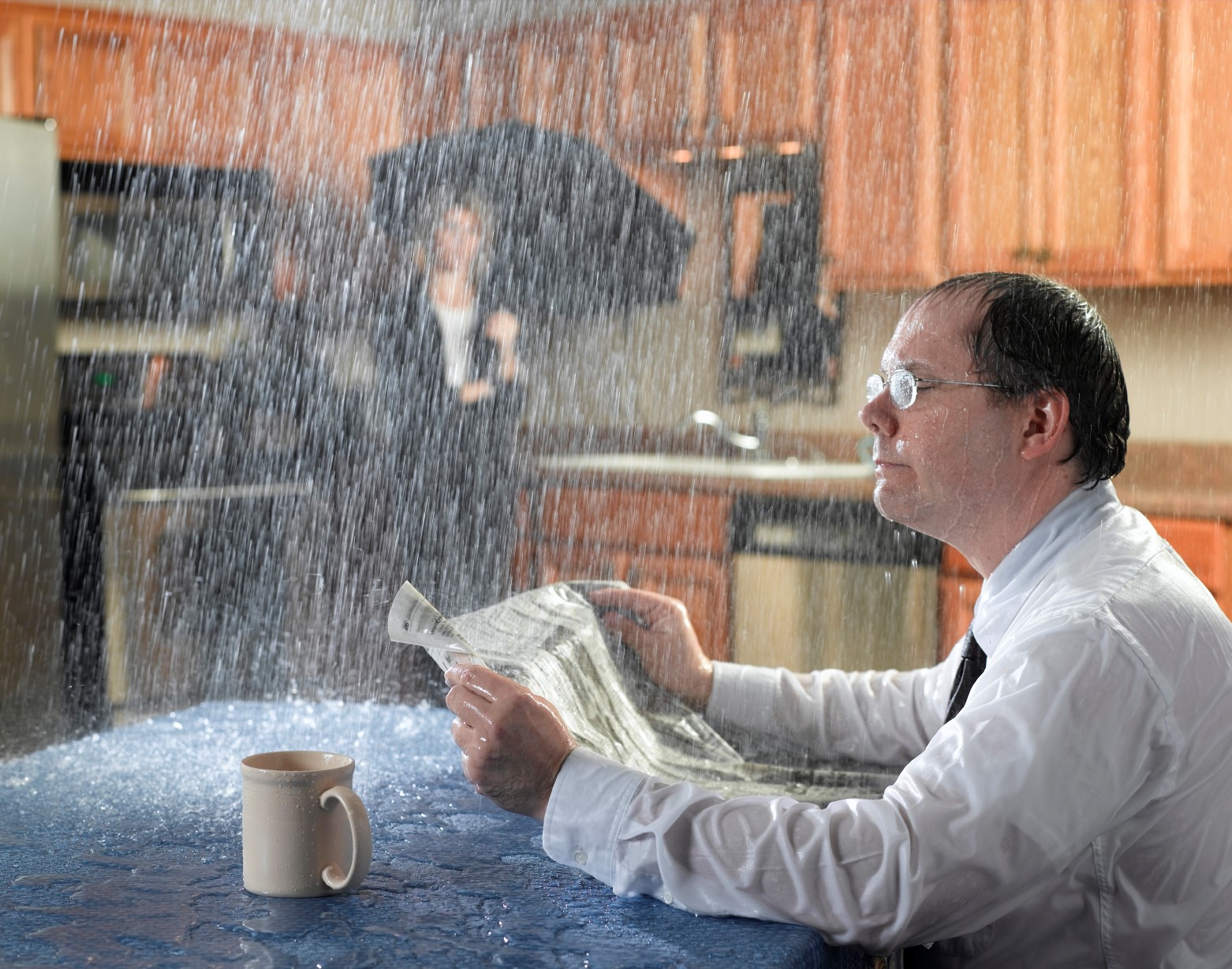Expose Common Origins of Leak Problems Within Your Home
Expose Common Origins of Leak Problems Within Your Home
Blog Article
Listed here below you can discover a lot of good help and advice about How to detect water leaks in your home.

Leakages not just create waste of water yet can also create unneeded damages to your home and promote undesirable natural growth. Water leaks may go undetected because most of the pipework in our house is concealed. By comprehending and looking for everyday scenarios that trigger leaks, you can shield your home from future leaks and also unnecessary damages. Today, we will check out 6 leakage causes that may be causing your pipelines to drip.
Immediate temperature level adjustments.
Extreme temperature level modifications in our pipes can trigger them to increase and get suddenly. This growth and contraction might cause fractures in the pipelines, especially if the temperature level are below freezing. It would certainly be best if you watched on exactly how your plumbing functions. The presence of the previously mentioned conditions often suggests a high threat.
Corroded water supply
This could be the cause of staining or bending on your water pipes. If our plumbing system is old, consider replacing the pipes because they are at a greater threat of deterioration than the more recent models.
Defective Pipe Joints
The factor at which your pipelines attach is often the weakest link in the waterline. Pipe joints can weaken over time, resulting in water leakages. The majority of pipeline joints are not quickly visible. If you have loud pipes that make ticking or banging noises, especially when the hot water is switched on, your pipeline joints are most likely under a lot of stress. It is a good idea to have your plumber evaluate your system yearly.
Trespassing roots
Most water leakages start outside your house instead of inside it. If you notice an abrupt reduction in water pressure, claim in your tap, require time to head out and examine your lawn. You may discover wet spots or sinkholes in your lawn, which could indicate that tree roots are attacking water lines creating water to permeate out. You can have your plumber check for intrusion, particularly if you have trees or shrubs near your building.
Poor Water Connectors
At times, a leakage can be created by loose tubes as well as pipelines that supply your devices. In instance of a water links leak, you might see water running straight from the supply line or pools around your home appliances.
Clogged Drains
Clogged drains might be annoying and also inconveniencing, but they can occasionally end up triggering an overflow bring about burst pipes. Maintain eliminating any products that may go down your drains pipes that might clog them to prevent such hassles.
All the above are root causes of leakages however not all water leakages result from plumbing leaks; some leaks might originate from roofing leakages. All leaks need to be fixed immediately to prevent water damage.
Leakages not only cause waste of water however can also trigger unneeded damages to your house and promote undesirable organic growth. By comprehending as well as looking for daily circumstances that create leakages, you can shield your residence from future leaks and unnecessary damages. Today, we will certainly look at 6 leak triggers that may be creating your pipelines to trickle.
At times, a leak can be caused by loose hoses and also pipes that supply your home appliances. In case of a water connections leakage, you might observe water running directly from the supply line or pools around your appliances.
How To Check For Water Leak In Your Home
How To Check for Leaks
The average household's leaks can account for nearly 10,000 gallons of water wasted every year and ten percent of homes have leaks that waste 90 gallons or more per day. Common types of leaks found in the home are worn toilet flappers, dripping faucets, and other leaking valves. These types of leaks are often easy to fix, requiring only a few tools and hardware that can pay for themselves in water savings. Fixing easily corrected household water leaks can save homeowners about 10 percent on their water bills.
To check for leaks in your home, you first need to determine whether you're wasting water and then identify the source of the leak. Here are some tips for finding leaks:
Take a look at your water usage during a colder month, such as January or February. If a family of four exceeds 12,000 gallons per month, there are serious leaks.
Check your water meter before and after a two-hour period when no water is being used. If the meter changes at all, you probably have a leak.
Identify toilet leaks by placing a drop of food coloring in the toilet tank. If any color shows up in the bowl after 10 minutes, you have a leak. (Be sure to flush immediately after the experiment to avoid staining the tank.)
Examine faucet gaskets and pipe fittings for any water on the outside of the pipe to check for surface leaks.
Undetected water leaks can happen without the home or business owner even realizing. If you suspect a water leak, but not able to find the source. It is time to contact a professional water leak detection service, The Leak Doctor.
How To Find a Water Leak In Your Home
https://www.leakdoctor.com/blog/How-To-Check-For-Water-Leak-In-Your-Home_AE197.html

I came across that blog post on How to detect water leaks in your home when perusing the web. Do you know anybody else who is fascinated about the topic? Be sure promote it. Thank-you for taking the time to read it.
Best fix? Dial! Report this page